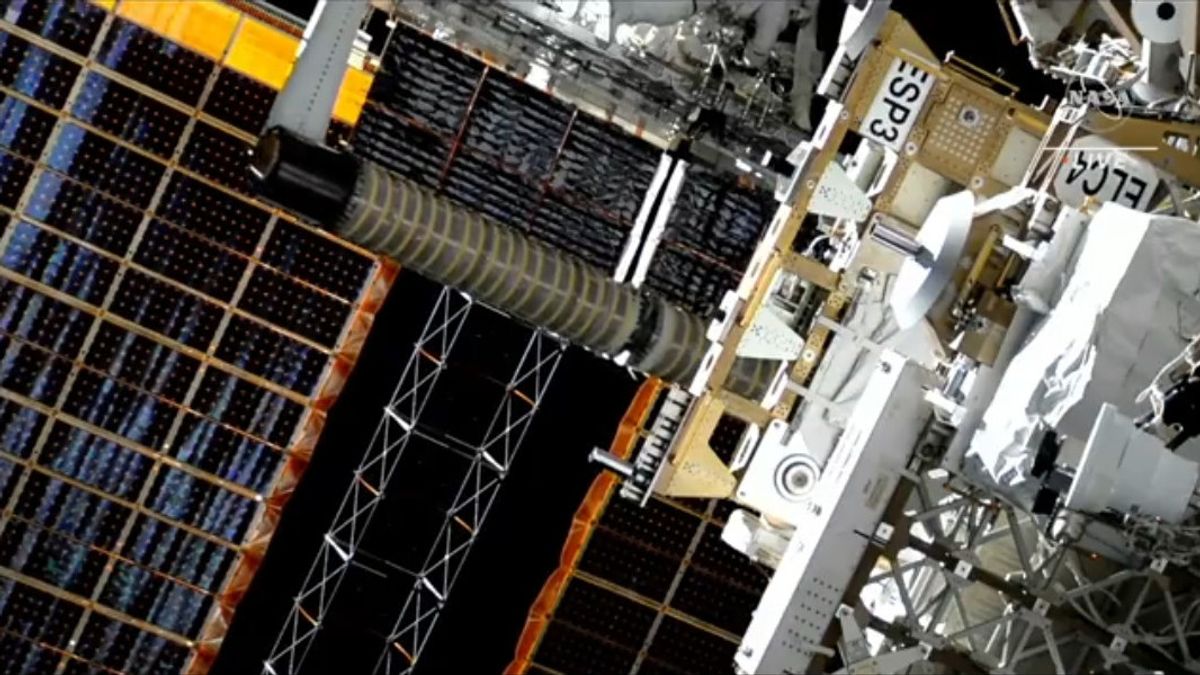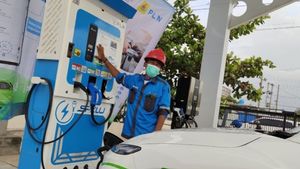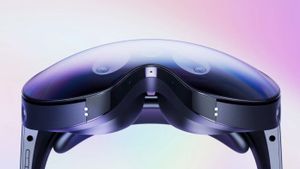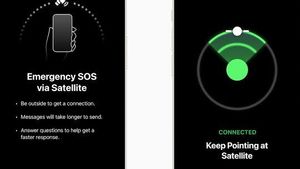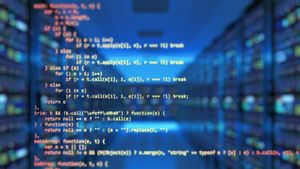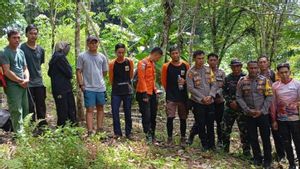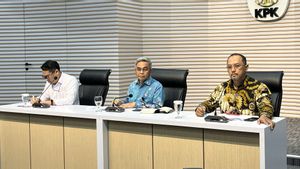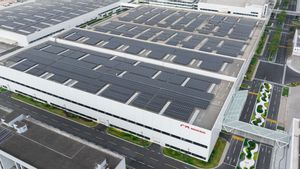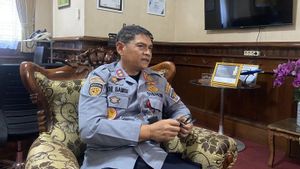JAKARTA - Two solar panels that recently arrived at the International Space Station (ISS) have been successfully installed on the station orbiting the Earth. NASA astronauts Josh Cassada and Frank Rubio successfully installed and deployed it last Saturday.
Astronauts Cassada and Rubio walked in space for seven hours to assemble and deploy the ISS Roll-Out Solar Array or iROSA, which was delivered on November 27 by the cargo ship Dragon, SpaceX. The spacewalk begins at 7:16 a.m. EST.
The start of the outing was officially marked as the astronauts switched to battery-powered spacesuits. In the video uploaded by NASA on its official Twitter page, it can be seen that the two astronauts are carrying out their work outside the ISS monitored by crews on Earth.
iROSA is mounted on the starboard mounting bracket 4, or S4, part of the space station's utility pole, which is over the length of a football field.
Watch as the newly installed Roll-Out Solar Array deploys on the @Space_Station’s starboard truss structure for the first time. Astronauts Josh Cassada and Frank Rubio are more than five hours into their spacewalk. pic.twitter.com/FcCoRJqeM7
— NASA (@NASA) December 3, 2022
Cited from Spaceflightnow, Monday, December 5, they opened the iROSA unit on its hinges, then screwed in to secure it in place. Cassada and Rubio installed electrical connectors to connect the new iROSA unit to the ISS electrical system.
Then, they installed Y cables to route the power generated by the newly unveiled solar panels and the original S4 solar panels to the lab's electrical grid.
Mounting brackets connect the new array to the station's power lines and rotary joints, which keep the solar wing pointed to the Sun as the spacecraft races around Earth at over 17.000 mph.
Then, they install the Y cable to direct the power generated by the newly launched solar panels and the original S4 solar panels to the lab's power grid.
Mounting brackets connect the new array to the station's power lines and rotary joints, which keep the solar wing pointed to the Sun as the spacecraft races around Earth at over 17.000 mph.
BACA JUGA:
According to NASA, the solar panels will provide the ISS with 30 percent more power, generating a total of 120.000 watts of energy during its daytime orbit.
NASA said it was the 256th spacewalk to support the assembly, upgrade, and maintenance of the ISS, and the second spacewalk for the two astronauts.
Both Cassada and Rubio are in the midst of a planned six-month science mission, living and working in the microgravity guns laboratory advancing scientific knowledge and demonstrating new technologies for future human and robotic exploration missions, including Moon missions via NASA's Artemis.
Following this, the spacewalk will be conducted again on December 19, to install another iROSA on power channel 4A in the port frame. This will be the fourth iROSA of a total of six planned to be installed
The English, Chinese, Japanese, Arabic, and French versions are automatically generated by the AI. So there may still be inaccuracies in translating, please always see Indonesian as our main language. (system supported by DigitalSiber.id)
